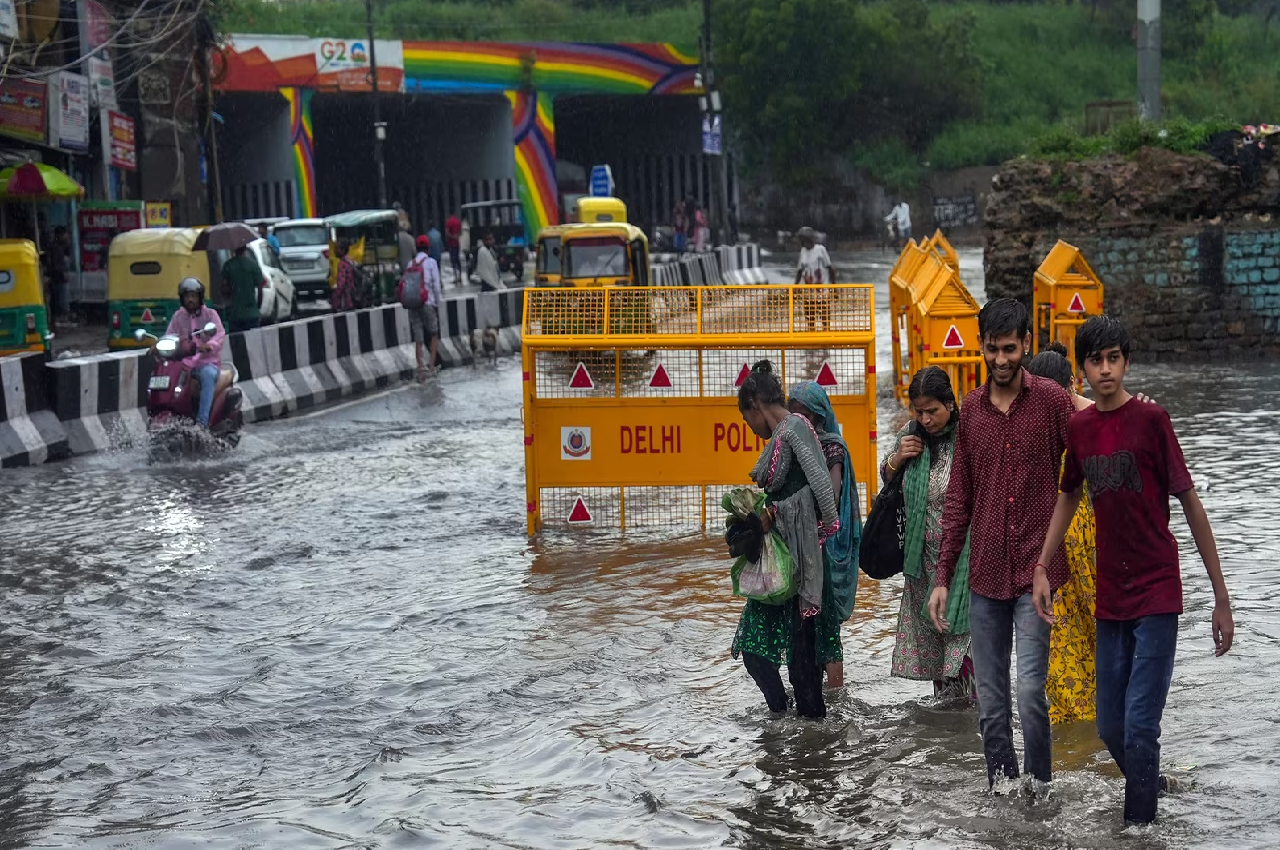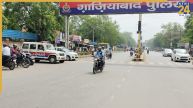New Delhi: As Delhi grapples with the aftermath of the recent floods caused by the overflowing Yamuna River, a yellow alert has been issued for rain in the city. The alert comes at a critical time as the water levels of the Yamuna River are gradually receding. The possibility of further rainfall raises concerns about potential complications in the ongoing recovery and rehabilitation efforts. This article provides an overview of the yellow alert and its implications for the flood-affected areas of Delhi.
The India Meteorological Department (IMD) has issued a yellow alert for rain in Delhi. This alert signifies the possibility of moderate rainfall in the city, which could impact the already flooded areas. The IMD’s weather forecast predicts scattered showers throughout the day, heightening the need for continued vigilance and preparedness.
Impact on flood recovery efforts
The yellow alert for rain poses additional challenges to the ongoing recovery efforts in the flood-affected areas of Delhi. It can potentially hamper the drainage process, prolong the waterlogging situation, and delay the restoration of essential services. The authorities and relevant agencies are closely monitoring the situation and taking necessary measures to mitigate the impact of the rainfall on the recovery operations.
Meanwhile, in light of the yellow alert, it is crucial for residents and authorities to take precautionary measures to ensure their safety and well-being. The public is advised to stay updated with weather forecasts, follow instructions from authorities, and exercise caution while venturing into waterlogged areas. Adequate preparedness, including maintaining emergency supplies and adhering to safety guidelines, can help minimize the potential risks associated with the rainfall.
Collaborative efforts for swift action
Dealing with the aftermath of the floods and managing the impact of rainfall requires a collaborative approach involving multiple agencies, authorities, and the public. The government, disaster management authorities, and local bodies are working in tandem to coordinate relief operations, provide assistance to affected individuals, and restore normalcy in the flood-affected areas. Public cooperation and adherence to instructions are instrumental in ensuring swift action and a comprehensive response.
As the Yamuna River gradually recedes, the potential rainfall necessitates ongoing vigilance and preparedness. By prioritizing precautionary measures, collaborative efforts, and long-term resilience strategies, Delhi can navigate through this critical phase and emerge stronger. It is essential for all stakeholders, including residents, authorities, and relevant agencies, to work together towards ensuring the safety and well-being of the affected communities and building a more resilient city that can withstand future flood incidents.












